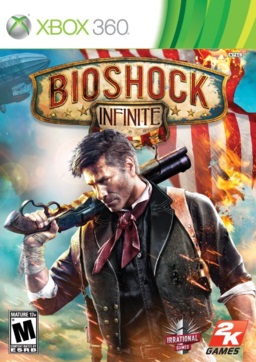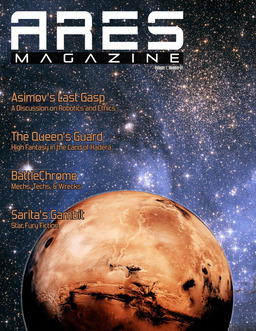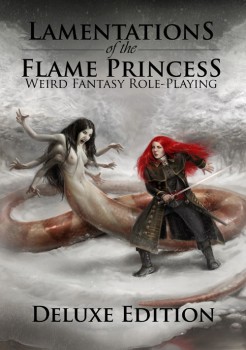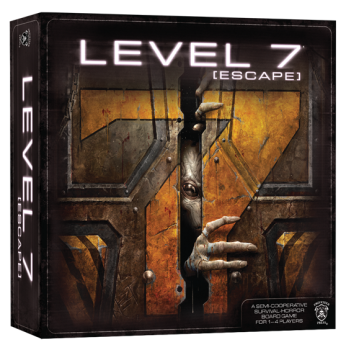The Games Plus 2013 Spring Auction
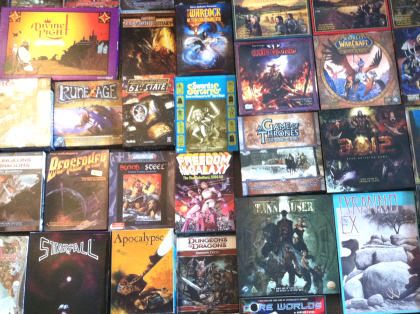
Tomorrow is one of the highlights of my year — the Spring Auction at Games Plus in Mount Prospect, Illinois, one of the finest game stores in the Midwest, about an hour’s drive from my house.
I’ve written about the Spring and Fall 2012 auctions (in “Spring in Illinois brings… Auction Fever” and The Paris Fashion Week of Fantasy Games, respectively) and I’ve been looking forward to returning this year.
The Games Plus auctions are just about the friendliest I’ve ever attended. The store is run by a group of dedicated and professional gamers who know their stuff and they keep the proceedings running with an experienced hand — and a quick wit. Even if I were unable to bid, I think I’d enjoy sitting in the audience, just for the entertainment value.
Of course, it’s a lot more fun to be able to bid.
As I mentioned in the previous articles, it’s important to have a budget for these things, and to conserve funds for those items you really want.
Ha, ha. A budget! Excuse me while I regain control of my writing limbs. A budget — that’s a good one.
Let me put it another way: It’s important to keep a running total of your purchases and always to be aware of how much money you’ve spent. Why? All that constant arithmetic will distract you from non-stop bidding. Eventually, you’ll crumble up the sheet and abandon it as futile, but for a while it will help you keep a lid on things.
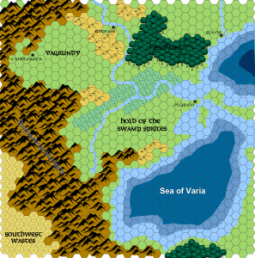
 Several years ago, I published my first ever roleplaying game supplement, a 200-page softback for the Starblazer Adventures RPG, using the Fate 3rd edition rules. Black Gate‘s very own Howard Andrew Jones reviewed it
Several years ago, I published my first ever roleplaying game supplement, a 200-page softback for the Starblazer Adventures RPG, using the Fate 3rd edition rules. Black Gate‘s very own Howard Andrew Jones reviewed it 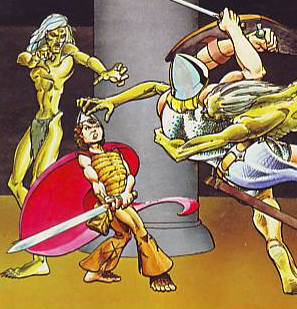
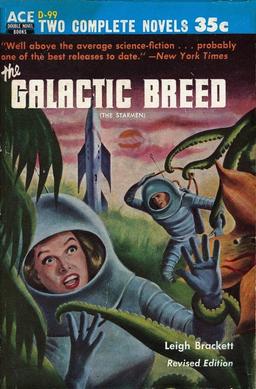
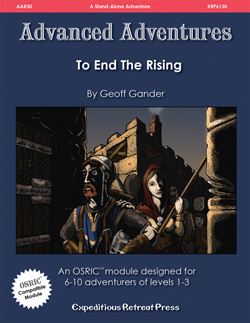 Geoff Gander is a dark fantasy writer and D&D module-creator living in Ottawa, Canada. Geoff and I met over early morning coffee to talk gaming.
Geoff Gander is a dark fantasy writer and D&D module-creator living in Ottawa, Canada. Geoff and I met over early morning coffee to talk gaming.